We all have our go-to flies for each of our favorite rivers. Like a trusty canine companion, they are always there for you when you need them most and can be counted on day in and day out. Here, we’ll discuss our staple flies for one of our favorite rivers in Colorado, the South Platte. Regardless of the time of year, season or weather, these flies are sure to give you the edge you need to have a productive day on the water.
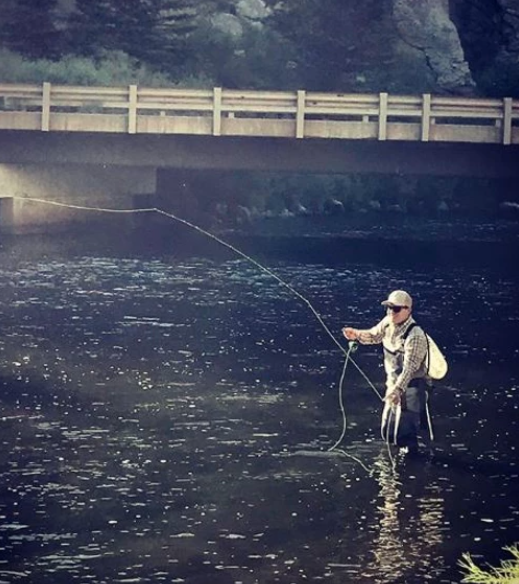
Nymphs
Black Beauty:
Category: Imitative nymph
Family: Midge
Life Stage: Larva/Pupa
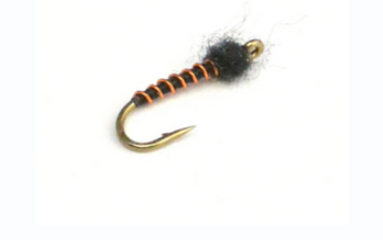
This must have fly is highly effective on the South Platte, or any tailwater for that matter. Depending on how the head is tied, the Black Beauty imitates both midge pupa and larva. This pattern consists of nothing more than some black thread and dubbing, fine copper wire and a glass bead (optional). Midges are a trout’s primary food source year round and the Black Beauty effectively imitates a large portion of the many midge species found in Colorado. While size can vary, on the South Platte, your best bet is to think small. You can get away with a size #20 hook for most of the year, but during the winter months you’ll want to downsize into the #24-26 range.
Top Secret Midge:
Category: Imitative nymph
Family: Midge
Life Stage: Emerger/Pupa
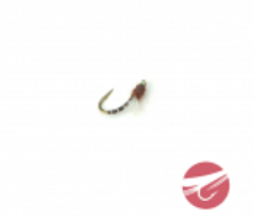
Created and made famous by legendary fly tier and angler, Pat Dorsey, this imitative midge pattern is simple, yet deadly and should always be ready to go. It is capable of imitating thousands of midge species and fooling picky, South Platte trout. You can get away with a size #20-22 for most of the year, but during the winter, #24-26, may be necessary.
Hare’s Ear:
Category: Searcher nymph
Family: Stoneflies, Mayflies, Caddis
Life Stage: Larva
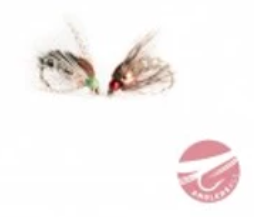
This incredibly versatile nymph has stood the test of time and is arguably one of the oldest patterns on record. It was established in the 1880’s and is one of the worlds most widely used trout flies. The Hare’s Ear doesn’t imitate any particular fly but does closely resemble mayfly and stonefly nymphs. It is best fished in rivers and streams and its shaggy/buggy nature can create movement in the water giving trout the impression that it is alive. In many cases, this pattern will have a gold bead and wire ribbing, which will enable the fly to drift deeper in the water. On the other hand, beadless patterns can be used as emerger patterns and are particularly effective when paired with a dry fly.
Dry Flies
Parachute Adams
Category: Imitative dry Fly
Family: Mayfly/Midge
Life Stage: Adult
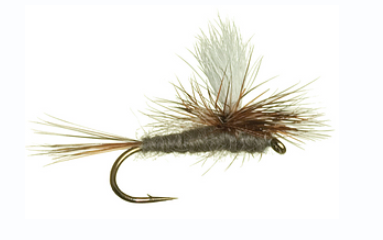
This versatile dry fly pattern is effective year around and is a must-have in every anglers fly box. The Parachute Adams is meant to imitate an adult mayfly, but can pass as a number of adult midge species. Mayflies are prevalent the majority of the year, which is why we recommend you always have this pattern handy. This pattern was developed in the early 1920’s and has been dubbed one of the most successful dry fly patterns of its time. It sits nicely on the surface of the water where mayflies emerge and can withstand fast moving water and thick film. While it is a comparatively smaller pattern, it is generally easy to follow along the water.
Griffith’s Gnat
Category: Imitative dry fly
Family: Midge
Life Stage: Adult

The Griffith’s Gnat is one of our favorite dry flies and is often overlooked by many anglers. It is intended to imitate a cluster of mating midges as well as a single adult midge. It can be fished directly on the surface or slightly submerged. We’ve found that the Griffith’s Gnat pairs well with a larger, more visible lead fly as it can be tough to follow in the water. If you find yourself in the middle of a heavy midge hatch and can’t seem to get the trout to take a more pronounced adult dry fly pattern, the gnats are a great slump buster and consistently bring in those finicky trout.
